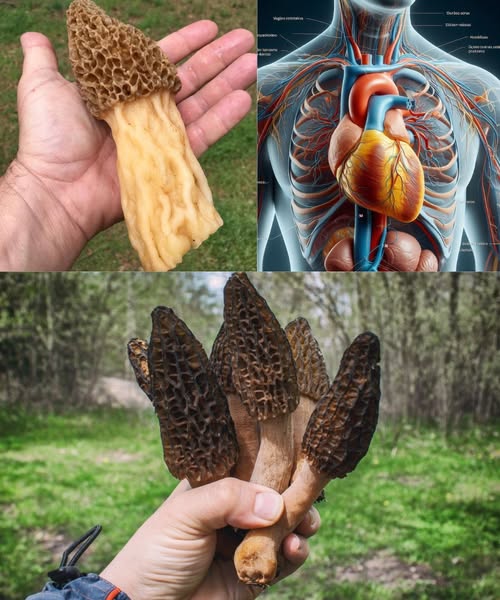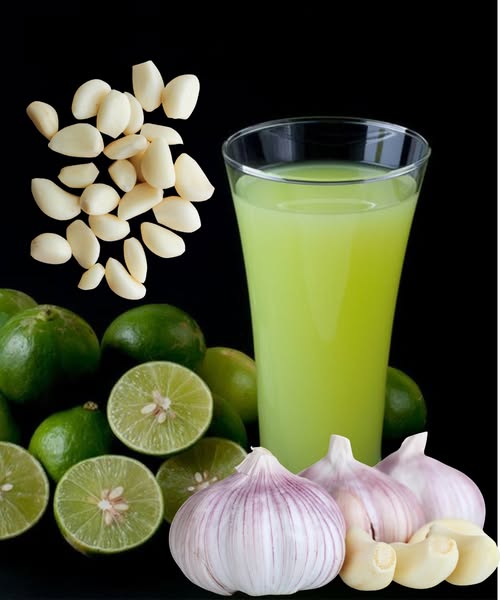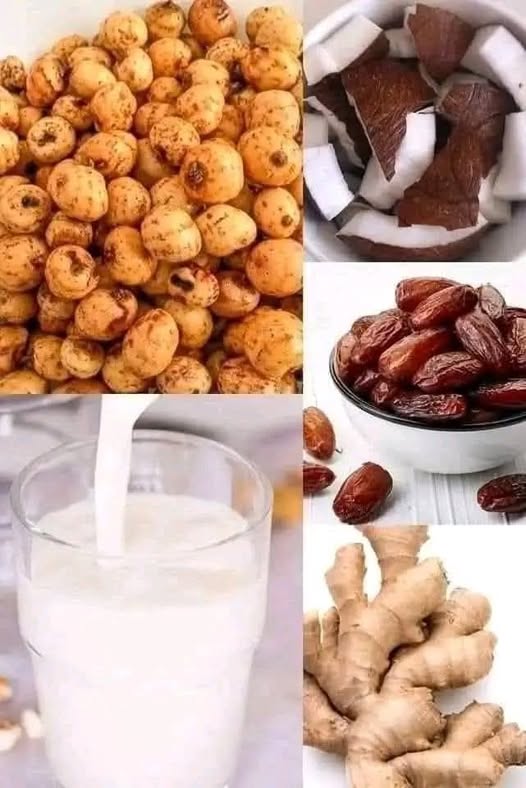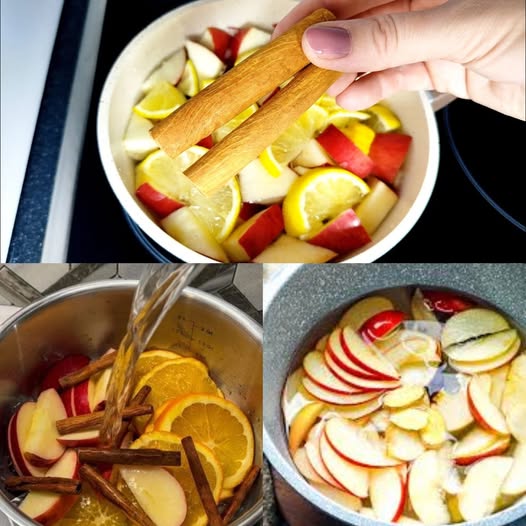Introduction:

Imagine walking through a quiet forest trail or even your backyard and spotting a peculiar, wrinkled mushroom protruding from the soil. You may walk past it, unaware that you’ve just encountered nature’s equivalent of a goldmine. What if we told you that a single mushroom, often mistaken for an ordinary fungus, could be worth hundreds—or even thousands—of dollars?
This isn’t folklore or fantasy. It’s reality.
In this comprehensive blog post, we’ll uncover the mystery behind this elusive treasure: the Morel Mushroom. We’ll explore its immense value, why it’s so sought-after in gourmet cuisine and wellness circles, how to identify it safely, and what to do if you find one. Whether you’re a forager, nature enthusiast, investor, or simply curious, you’re about to discover why finding this mushroom is like striking gold.
The Mushroom That’s Worth Its Weight in Gold: Meet the Morel
Morel mushrooms (Morchella species) are among the most prized wild mushrooms globally, known for their honeycomb appearance, rich umami flavor, and rarity. Chefs and health experts alike covet them, with dried morels selling for as much as $200 to $500 per pound, and fresh ones fetching $20 to $100 per pound depending on location and season.
Why Are Morels So Expensive?
- They Can’t Be Farmed Easily
Morels resist commercial cultivation, making wild harvesting the primary source of supply. Unlike button mushrooms, they have a complex relationship with soil, trees, and fungi ecosystems. - Short Season, High Demand
Morel season is brief—typically 4 to 8 weeks in spring, depending on climate. This limited window drives urgency and inflates prices. - Delicate and Difficult to Harvest
Morels grow sporadically and often require trained eyes to find. Their locations are fiercely guarded by seasoned foragers. - Culinary Goldmine
Restaurants and chefs pay a premium for morels due to their intense flavor, meaty texture, and versatility in high-end cuisine.
How to Identify a True Morel (And Avoid the Deadly Fakes)
Identifying real morels is crucial—not only to maximize value but also to avoid toxic look-alikes like false morels (Gyromitra species), which can be fatal if consumed.
Key Traits of True Morels:
- Distinct Honeycomb Cap: The cap has deep ridges and pits.
- Hollow Inside: Cut open a morel, and it should be completely hollow from stem to cap.
- Attached Cap: The cap connects directly to the stem at the base—no overhang.
- Color: Ranges from light tan to dark brown.
Common Mistakes Foragers Make:
- Mistaking false morels, which often have lobed or irregular caps and cottony or chambered interiors.
- Picking morels near polluted areas, which can lead to contamination.
Always cross-reference with local mushroom guides or consult a mycologist.
Where to Find Morel Mushrooms: Hidden Hotspots
If you’re ready to try your luck in foraging, here’s where to start:
Top Habitats:
- Burn sites: Forests that burned the previous year often yield large crops.
- Under hardwood trees: Elm, ash, poplar, and apple trees are known morel companions.
- Moist, loamy soil: Especially in shaded areas after spring rains.
- Mid to late spring: Typically after soil temperatures reach 50–55°F (10–13°C).
U.S. Hotspots for Morel Foraging:
- Michigan
- Wisconsin
- Oregon
- Pennsylvania
- Appalachians
- Pacific Northwest
Foraging communities use GPS apps, forums, and old-school maps to track these locations—many even guard their morel spots like family secrets.
FAQ: Everything You Need to Know About Morel Mushrooms
1. Are Morels Safe to Eat Raw?
No. Morels contain small amounts of hydrazine toxins that are destroyed when cooked. Always cook thoroughly before consuming.
2. How Do I Store Fresh Morels?
Keep them in a paper bag in the fridge. Do not seal them in plastic—it causes moisture buildup and spoilage. Use within 5–7 days.
3. How Can I Sell Morels Legally?
Some states require a food handler’s permit or mushroom identification certification. Research local regulations before selling to restaurants or markets.
4. Can I Grow Morels at Home?
Growing morels is notoriously difficult and often unsuccessful. A few enthusiasts have had luck using spawn kits, but results vary greatly.
5. Are There Health Benefits?
Yes! Morels are rich in:
- Vitamin D
- Iron
- Copper
- Antioxidants
They support immunity, bone health, and cell repair.
Why Morels Are Attracting Investors and Entrepreneurs
1. A Growing Market
With the global mushroom market projected to hit $86 billion by 2029 (Statista), niche fungi like morels are gaining attention for their high margins.
2. Culinary Demand
High-end restaurants and specialty grocers seek premium ingredients. Morels have made their way into Michelin-starred menus, gourmet sauces, and artisanal food products.
3. Wellness Industry Cross-Over
Mushrooms are the new superfoods. Morels are now being studied for potential anti-inflammatory and immune-boosting properties. Some even explore their use in nutraceuticals.
The Business of Foraging: Turning Forest Gold into Income
Yes, people make a living finding and selling wild morels.
What You Need:
- Knowledge of local ecosystems
- Proper licenses or certifications
- Dehydration tools (for preserving)
- Market connections (farmers markets, chefs, online stores)
A seasoned forager during peak season can earn $500–$2,000 per week.
How to Clean and Cook Morel Mushrooms (Safely and Deliciously)
Cleaning Tips:
- Soak briefly in saltwater to dislodge bugs.
- Gently rinse, pat dry—never over-soak.
Cooking Ideas:
- Sautéed in garlic butter
- Stuffed with cheese and herbs
- In creamy pasta sauces
- Battered and fried
Never eat raw morels.
Real Stories: From Forest to Fortune
“I stumbled upon morels while hiking in Oregon. I had no idea what they were, but after a quick ID, I ended up selling two pounds for $300 to a local chef. Now I forage every spring!”
— Jason M., amateur forager turned side-hustle entrepreneur
“We’ve incorporated morels into three of our most expensive dishes. Customers love the earthy flavor, and they always ask about their origin. It’s a premium experience.”
— Samantha R., executive chef, Denver
These stories highlight how one mushroom can turn into big business, gourmet delight, or both.
Conclusion: Don’t Walk Past Gold Again
Morel mushrooms are more than just fungi—they are one of nature’s most valuable secrets, hiding in plain sight. With their rich flavor, health benefits, and high market value, they represent a rare intersection of culinary luxury and wild discovery.
If you see this mushroom on your next walk through the woods, don’t ignore it. You might be literally sitting on a small fortune. But remember, proper identification, safe handling, and responsible harvesting are key.
Whether you want to indulge in one of nature’s finest foods or explore a new source of income, morels are the golden opportunity you didn’t know you were looking for.


